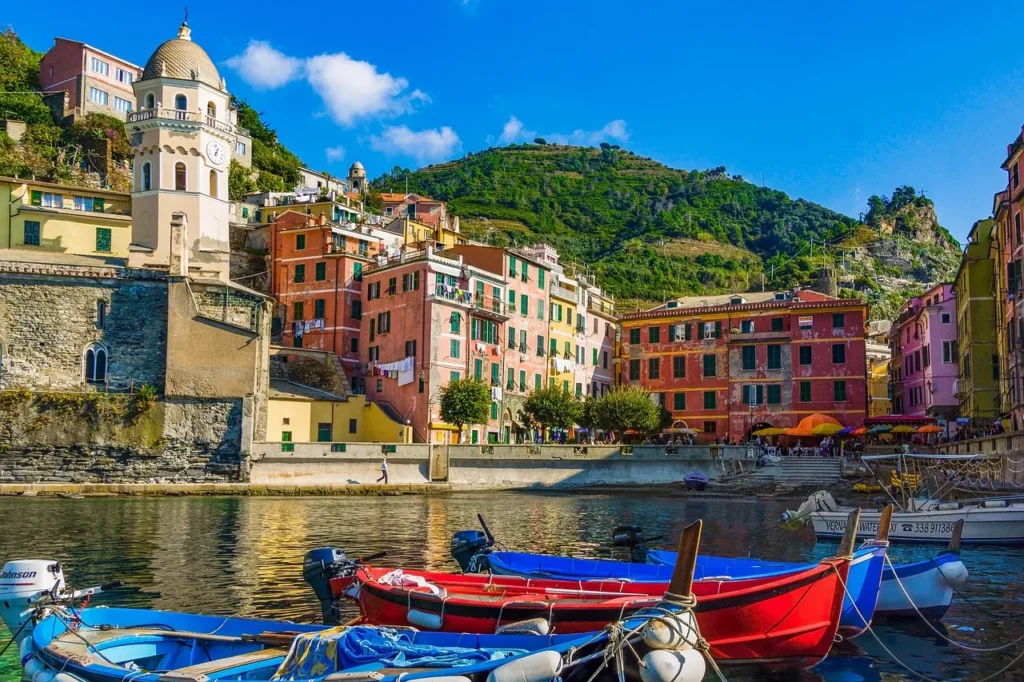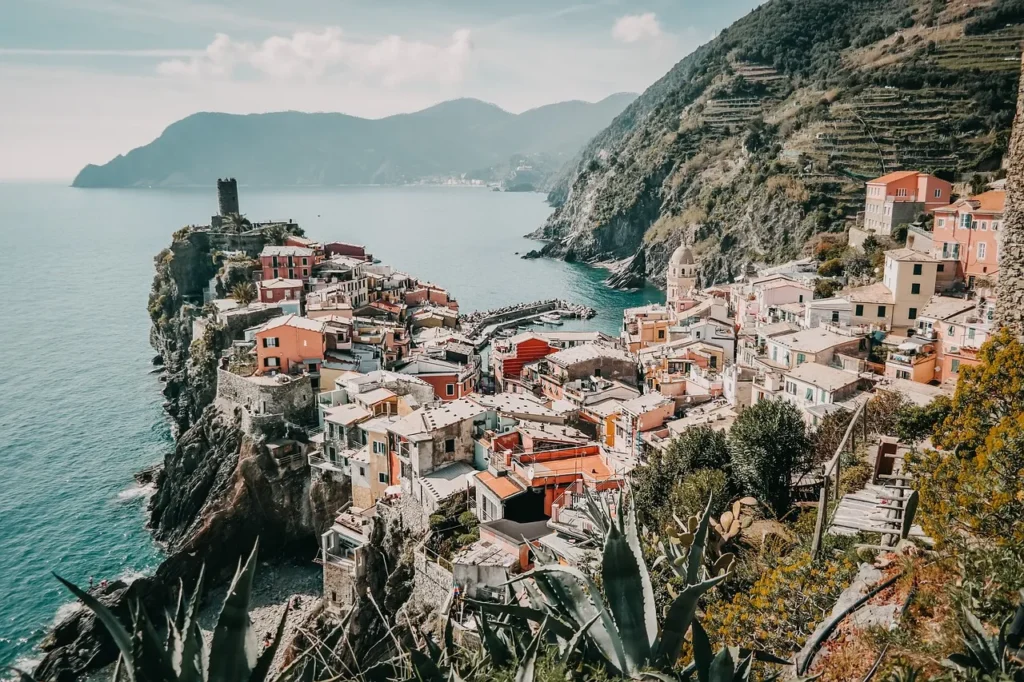Italy Digital Nomad Visa: Your Guide to Working Remotely in Italy
In the era of remote work, digital nomads have the flexibility to work from anywhere in the world. With beautiful landscapes, a rich cultural heritage, and an unparalleled lifestyle, Italy is emerging as a top choice for remote workers. Recently, Italy introduced the Italy Digital Nomad Visa, making it easier for foreign professionals to legally live and work in the country while enjoying everything it has to offer. This guide provides everything you need to know about the Italy Digital Nomad Visa, from eligibility requirements and application procedures to tips for making the most of your time in Italy.
What is the Italy Digital Nomad Visa?
The Italy Digital Nomad Visa is a new visa category introduced to attract remote workers, freelancers, and entrepreneurs from outside the European Union (EU) who wish to work remotely while living in Italy. Unlike traditional work visas, this visa is specifically designed for individuals who work for employers or clients based outside of Italy, providing a legal pathway for remote professionals to live in Italy without violating immigration regulations.

With this visa, remote workers can explore Italy’s vibrant cities, stunning countryside, and rich culture, all while legally residing and working within its borders. This visa has positioned Italy as a competitive destination for digital nomads alongside countries like Portugal, Estonia, and Spain.
Why Choose Italy as a Digital Nomad Destination?
Italy offers a unique mix of work-life balance and quality of life, making it highly attractive for digital nomads. Here are some key reasons to consider Italy:
- Cultural Richness: From historic cities like Rome, Florence, and Venice to charming villages in Tuscany, Italy is a country where culture and history come to life.
- Quality of Life: Italy is renowned for its culinary heritage, art, fashion, and natural beauty, making it a top destination for lifestyle enthusiasts.
- Diverse Landscape: Italy’s landscape varies from the Alpine regions in the north to the coastal beaches in the south, providing digital nomads with a range of environments to explore.
- Community of Expats: Italy has a growing community of digital nomads and expatriates, especially in cities like Milan, Rome, and Bologna, offering networking and social opportunities for newcomers.
Eligibility Requirements for the Italy Digital Nomad Visa
To qualify for the Italy Digital Nomad Visa, applicants need to meet certain requirements. Here’s what you need to know:

1. Proof of Employment or Freelance Status
You must demonstrate that you are a remote worker with employment or freelance contracts outside of Italy. This may include:
- Employment contracts with a non-Italian company
- Proof of freelance work with clients based outside Italy
- Self-employment proof for entrepreneurs with foreign income sources
2. Minimum Income Requirement
Italy has set a minimum income threshold to ensure that applicants can sustain themselves during their stay. While specific income requirements may vary, they typically range from €2,500 to €3,000 per month, but it is advisable to confirm the latest figures during your application process.
3. Health Insurance
You must have health insurance that covers you throughout your stay in Italy. The insurance should cover medical expenses, including hospitalization and emergencies.
4. Clean Criminal Record
A clean criminal record is required, and applicants must provide police clearance certificates as part of the application.

5. Valid Passport
Applicants must have a passport that is valid for the duration of their intended stay in Italy.
6. Accommodation in Italy
Proof of accommodation, such as a rental agreement or hotel booking, may be required to show where you plan to stay in Italy.
Application Process for the Italy Digital Nomad Visa
The application process for the Italy Digital Nomad Visa is straightforward, though some steps may vary based on your country of origin. Here’s a general outline of the process:
Step 1: Gather Your Documents
Collect all necessary documents, including your proof of employment, income statements, health insurance, and criminal record clearance.
Step 2: Submit the Application
Applications can typically be submitted through Italian embassies or consulates in your home country. You may need to schedule an appointment and submit your application in person.
Step 3: Pay the Visa Fees
Visa fees may vary depending on the applicant’s nationality and the specific Italian consulate. Ensure that you have sufficient funds to cover these fees as part of your application.

Step 4: Wait for Approval
After submission, the processing time may vary, ranging from a few weeks to a couple of months. It’s advisable to apply well in advance to avoid delays in your plans.
Step 5: Arrival in Italy
Once your visa is approved, you can make travel arrangements to enter Italy. Upon arrival, you may need to register your residence with local authorities, especially if you intend to stay longer than three months.
Top Italian Cities for Digital Nomads
With your Italy Digital Nomad Visa, you have the freedom to explore different cities and regions. Here are a few top destinations to consider:
1. Rome
- Known for its history and architecture, Rome is a bustling city with excellent coworking spaces and networking opportunities.
- Top highlights: The Colosseum, Vatican City, Trevi Fountain.
2. Milan
- Milan is Italy’s business and fashion capital, offering a fast-paced lifestyle and a growing digital nomad community.
- Top highlights: Duomo di Milano, Sforza Castle, Navigli canals.
3. Florence

- Florence is an artistic hub with a vibrant expat community and affordable living costs compared to Milan and Rome.
- Top highlights: Uffizi Gallery, Florence Cathedral, Ponte Vecchio.
4. Bologna
- Known for its academic environment and rich cultural scene, Bologna is ideal for those looking for a more laid-back city.
- Top highlights: Piazza Maggiore, Asinelli Tower, the historic University of Bologna.
5. Naples
- Naples offers stunning coastal views and proximity to Amalfi Coast, making it an attractive option for beach-loving nomads.
- Top highlights: Pompeii, Mount Vesuvius, and Amalfi Coast.
Cost of Living in Italy for Digital Nomads
The cost of living in Italy varies by city and region. On average, here’s what to expect:
- Rent: €500–€1,500 per month, depending on the location and accommodation type.
- Groceries: €200–€400 per month, with local markets offering affordable options.
- Dining Out: €10–€20 for a casual meal; fine dining experiences vary.
- Transportation: Monthly passes for public transport typically cost around €30–€50.
- Entertainment: Italy offers numerous free and low-cost cultural attractions, making it possible to enjoy activities without breaking the bank.
Making the Most of Your Time in Italy as a Digital Nomad
- Learn Italian: Knowing basic Italian can enhance your experience and make it easier to connect with locals.
- Embrace Italian Culture: Italy has a unique way of life, from its leisurely approach to dining to its festive traditions.
- Explore Nearby Countries: Italy’s location makes it easy to travel around Europe, with affordable flights and train options available.
- Join Local Communities: Look for digital nomad groups, expat communities, and networking events to build a social circle.
Conclusion
The Italy Digital Nomad Visa opens up exciting opportunities for remote workers to experience Italian culture, landscapes, and lifestyle. By fulfilling the requirements and following the application process, digital nomads can enjoy a legal and immersive stay in one of the world’s most beloved destinations. With Italy’s unique blend of history, art, and natural beauty, remote workers have an ideal environment to balance productivity with quality of life.
Italy is calling—pack your bags, prepare your laptop, and get ready for an unforgettable experience in the heart of the Mediterranean.
